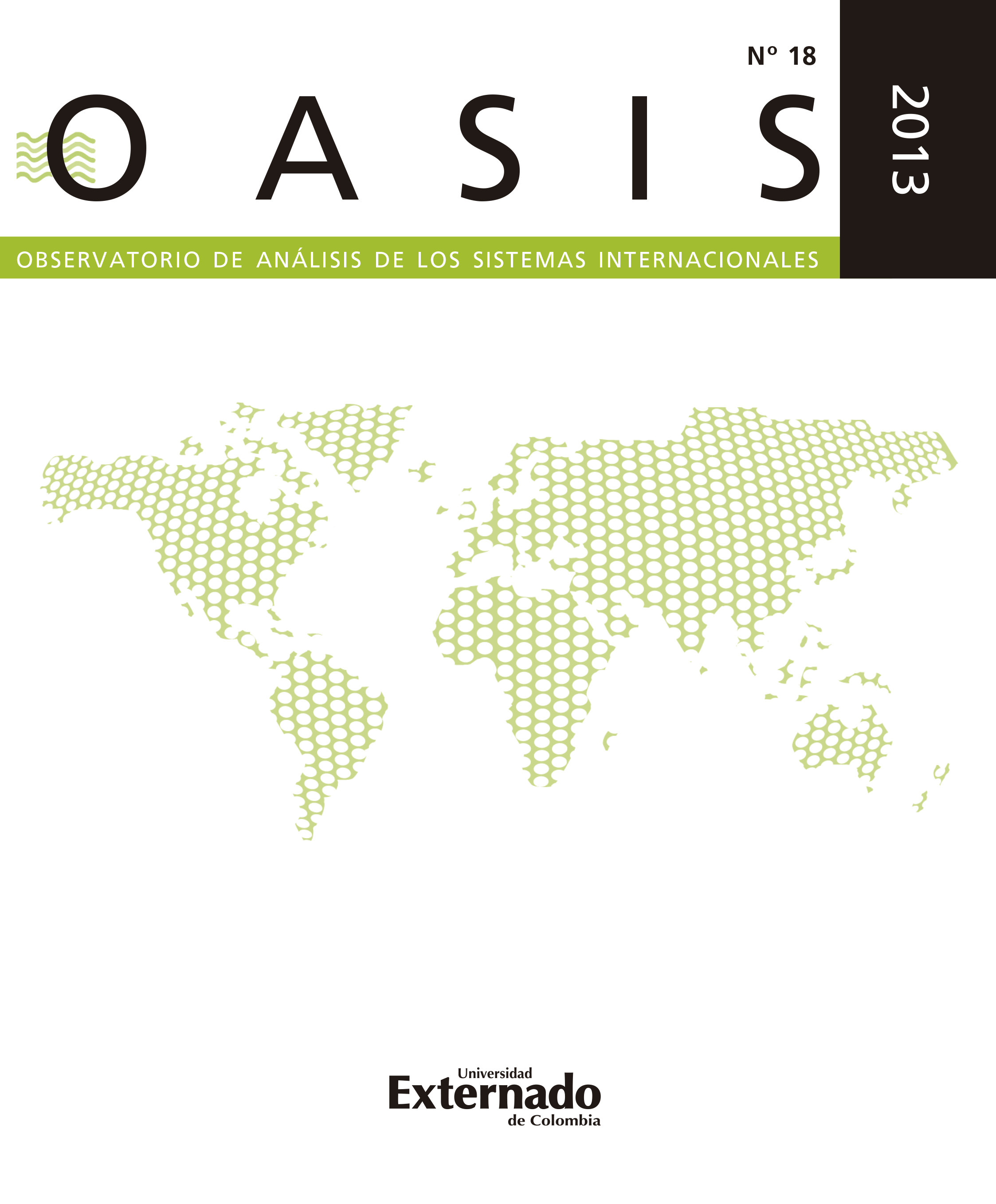Implementing Space Technology into Sustainable Development and Resilience Theory
Implementing Space Technology into Sustainable Development and Resilience Theory
Contenido principal del artículo
Resumen
The paper explores potential and actual applications of space technology, particularly satellites in the context of sustainable development. The introduction explores the concept of sustainable development from a multilateral perspective and the framework of Rio+20 and the post-2015 development agenda. The paper then introduces space technology and its uses in economic growth, energy, food security, environmental surveillance, including coastal regions, with special emphasis on environmental disasters and the concept of resilience, and the social and welfare uses of humanitarian tele-medicine and tele-education and ways to overcome the digital divide. The conclusion gives recommendations to improve satellite capacity and an analysis of the systemic synergies between space technologies and “green industries” that may lead to tandem growth.
Palabras clave
Descargas
Detalles del artículo
Referencias / Ver
Arévalo, C. (2010). Hacia una política espacial de las Naciones Unidas. En General Assembly of the United Nations. Committee for the Peaceful Uses of Outer Space (Copuos). Document A/AC.105/L.278. Document prepared in the role of president of copuos 2008-2009.
Arévalo, C., Froelich, A., Martinez, P., Peter, N., Suzuki, K. (2010). The need for a United Nations space policy. Elsevier/Space Policy, 26, 3-8. Recuperado de: http://www.elsevier.com/locate/spacepol.
Arnould, J. (2011). Icarus' Second Chance: The Basis and Perspectives of Space Ethics. Vienna-NewYork: SpringerWien.
Bohórquez-Tapia, L. A. & Eakin, H. (s. f.). Conflict and Collaboration in Defining the ‘Desired State': The Case of Cozumel, Mexico. En Collaborative Resilience: Moving Through Crisis to Opportunity.
Centro de Investigaciones de la Caña de azúcar de Colombia. Recuperado de: http://www.cenicana.org.
Christol, C. Q. (1991). Space Law: Past, Present, and Future. Deventer: Kluwer.
Contribution of the Committee on the Peaceful Uses of Outer Space to the United Nations Conference on Sustainable Development: Harnessing spacederived geospatial data for sustainable development. General Assembly Doc. A/Ac,105/993. Recuperado de: http://www.oosa.unvienna.org.
Doyle, K. (2012). Elon Musk on SpaceX, Tesla, and Why Space Solar Power Must Die. Popular Mechanics. Available from: http://www.popularmechanics.com/how-to/blog/elon-musk-on-spacex-teslaand-why-space-solar-power-must-die-13386162.
eLearningAfrica. ElearningAfrica 2014. Available from: http://www.elearning-africa.com.
Goldstein, B. E. (ed.) (2012). Collaborative Resilience: Moving Through Crisis to Opportunity. Cambridge: Massachusetts Institute of Technology Press.
International Academy of Astronautics (IAA) (2011). Summit Declaration. Available from: http://iaaweb.org/iaa/Communication/iaa_Summit_Declaration.pdf.
IEA (2011). Solar Energy Perspectives: Executive Summary. Available from: http://www.iea.org/Textbase/npsum/solar2011sum.pdf.
Jodoin, S. & Cordonier Segger, M. C. (eds.) (2013). Sustainable Development, International Criminal Justice, and Treaty Implementation. New York: Cambridge University Press.
Lele, A. (ed.) (2012). Decoding the International Code of Conduct for Outer Space Activities. Washington: Pentagon Press.
Mankins, John C. (2012). sps-alpha: "The First Practical Solar Power Satellite via Arbritrarily Large Phased Array" (A 2011-2012 nasa niac Phase 1 Project). Available from: http://www.nasa.gov/pdf/716070main_Mankins_2011_PhI_sps_ Alpha.pdf.
Moran, M. S. (2000). Technology and techniques for remote sensing in agriculture. Assoc. Appl. Biol. and Rem. Sens. Soc.// Conf. on Remote Sensing in Agriculture..
Naciones Unidas (2013). A new global partnership: Erradicate poverty and transform economies through sustainable development. Available from: http://www.post2015hlp.org/wp-content/uploads/2013/05/UN-Report.pdf.
NASA (s.f.). Science News. Recuperado de: http://www.science.nasa.gov/science.
Pelling, M. & High, C. (2005) Understanding adaption: What can social capital offer assessments of adaptive capacity? Global Environmental Change (15), pp. 308-319.
Randolph, J. (2012). Creating the Climate Change Resilient Community. En Goldstein, B. E. (ed.). Collaborative Resilience: Moving Through Crisis to Opportunity. S. d.
Rathgeber, W., Schrogl, K. & Williamson, R. A. (eds.) (2010). The Fair and Responsible Use of Space: An International Perspective. Vienna-New York: SpringerWien.
Santos, F. D. (2011). Humans on Earth. From Origins to Possible Futures. S. D.
Tompkins, E. L. & Adger, W. N. (2003). Defining response capacity to enhance climate change policy. Working Paper 39. Norwich: Tyndall Centre for Climate Change Research.
UNISDR. (s. f.). Hyogo Framework for Action (HFA). Available from: http://www.UNISDR.org/we/coordinate/hfa.




